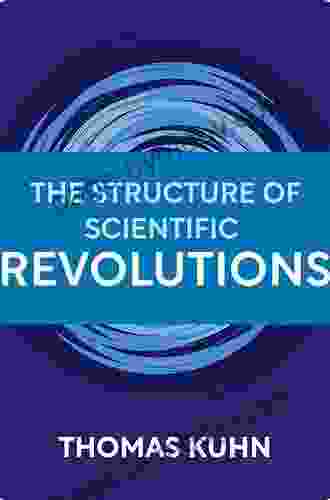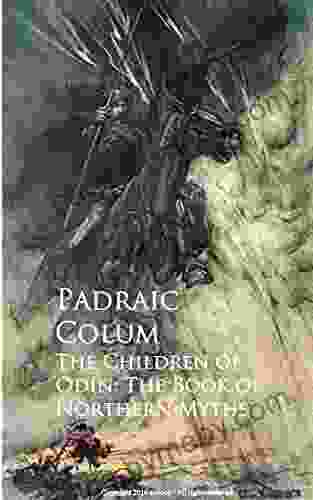Celebrating 50 Years of Scientific Revolution: A Journey with 'The Structure of Scientific Revolutions'

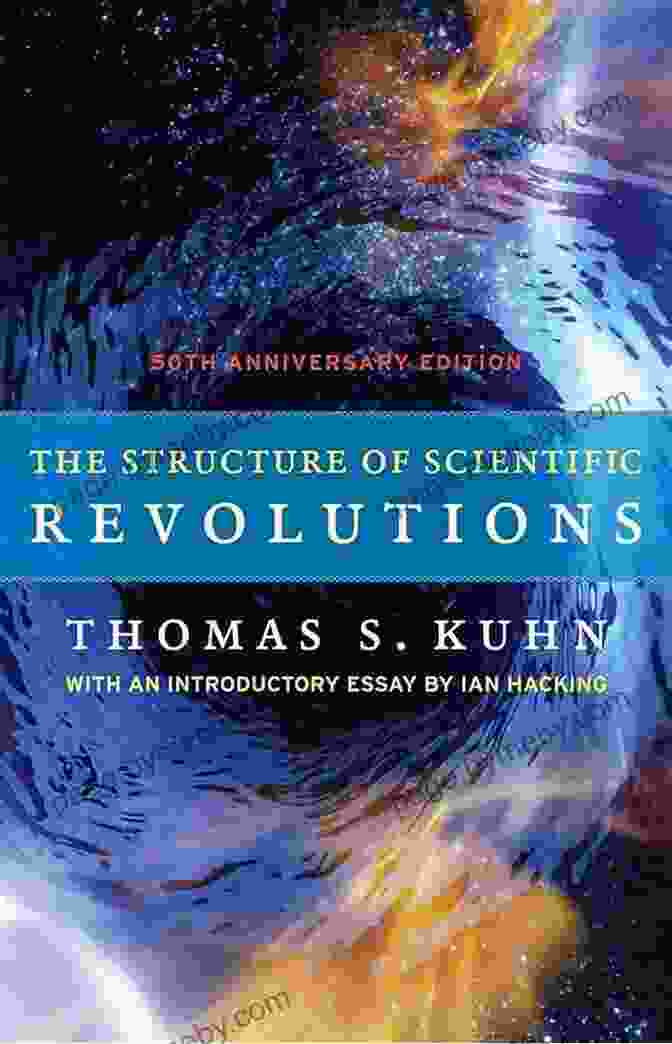
In 1962, Thomas Kuhn published a groundbreaking work that revolutionized the way we think about scientific progress. The Structure of Scientific Revolutions challenged the traditional view of science as a linear, cumulative process and instead proposed a theory of scientific progress based on paradigm shifts.
4.5 out of 5
| Language | : | English |
| File size | : | 908 KB |
| Text-to-Speech | : | Enabled |
| Screen Reader | : | Supported |
| Enhanced typesetting | : | Enabled |
| Word Wise | : | Enabled |
| Print length | : | 212 pages |
| Lending | : | Enabled |
Thomas Kuhn and the Paradigm Shift
Thomas Kuhn was a physicist and historian of science who argued that science does not progress through the gradual accumulation of knowledge. Instead, he proposed that science advances through a process of paradigm shifts, which are radical changes in the way scientists think about the world.
According to Kuhn, a paradigm is a set of shared assumptions, concepts, and values that define a scientific community. Paradigms provide scientists with a framework for understanding the world and conducting research. However, paradigms can also become outdated and lead to scientific stagnation.
When a paradigm becomes outdated, it can lead to a scientific revolution. A scientific revolution is a period of intense intellectual and scientific activity that results in the overthrow of an old paradigm and the establishment of a new one.
The Structure of Scientific Revolutions
In The Structure of Scientific Revolutions, Kuhn outlined the process of scientific revolution in detail. He argued that scientific revolutions are characterized by the following stages:
- Normal science: During periods of normal science, scientists work within the framework of an accepted paradigm. They conduct research that is designed to fill in the gaps in the paradigm and to extend its reach.
- Anomalies: As scientists conduct research, they may encounter anomalies, or data that does not fit within the accepted paradigm. These anomalies can lead to a crisis in the paradigm.
- Revolutionary science: When the anomalies become too great, scientists may begin to develop new theories that challenge the accepted paradigm. This is known as revolutionary science.
- Paradigm shift: If a new theory is successful in explaining the anomalies, it may eventually lead to a paradigm shift. A paradigm shift is a radical change in the way scientists think about the world and conduct research.
The Impact of 'The Structure of Scientific Revolutions'
The Structure of Scientific Revolutions has been one of the most influential works in the history of science. It has challenged the traditional view of scientific progress and has provided a new framework for understanding the development of scientific knowledge.
Kuhn's theory of scientific progress has been applied to a wide range of fields, including history, sociology, and economics. It has also been used to explain the development of new technologies, such as the internet and the personal computer.
The 50th Anniversary Edition
In 2012, the University of Chicago Press published the 50th anniversary edition of The Structure of Scientific Revolutions. This new edition includes a new by Ian Hacking, a leading philosopher of science.
Hacking's provides a fresh perspective on Kuhn's work and its legacy. He argues that Kuhn's theory of scientific progress is still relevant today, even in the face of new challenges such as the rise of big data and artificial intelligence.
The Structure of Scientific Revolutions is a classic work that has had a profound impact on our understanding of scientific progress. Kuhn's theory of scientific revolutions provides a valuable framework for understanding the development of scientific knowledge and the role of science in society.
The 50th anniversary edition of The Structure of Scientific Revolutions is a timely reminder of the importance of Kuhn's work. It is a must-read for anyone interested in the history of science, the philosophy of science, or the future of scientific research.
4.5 out of 5
| Language | : | English |
| File size | : | 908 KB |
| Text-to-Speech | : | Enabled |
| Screen Reader | : | Supported |
| Enhanced typesetting | : | Enabled |
| Word Wise | : | Enabled |
| Print length | : | 212 pages |
| Lending | : | Enabled |
Do you want to contribute by writing guest posts on this blog?
Please contact us and send us a resume of previous articles that you have written.
 Book
Book Novel
Novel Page
Page Chapter
Chapter Text
Text Story
Story Genre
Genre Reader
Reader Library
Library Paperback
Paperback E-book
E-book Magazine
Magazine Newspaper
Newspaper Paragraph
Paragraph Sentence
Sentence Bookmark
Bookmark Shelf
Shelf Glossary
Glossary Bibliography
Bibliography Foreword
Foreword Preface
Preface Synopsis
Synopsis Annotation
Annotation Footnote
Footnote Manuscript
Manuscript Scroll
Scroll Codex
Codex Tome
Tome Bestseller
Bestseller Classics
Classics Library card
Library card Narrative
Narrative Biography
Biography Autobiography
Autobiography Memoir
Memoir Reference
Reference Encyclopedia
Encyclopedia Nigel Barley
Nigel Barley Nicholas Epley
Nicholas Epley Nate Summers
Nate Summers Neal Bascomb
Neal Bascomb Oscar Levin
Oscar Levin W J Arthur
W J Arthur Pedro Mendes
Pedro Mendes Paul Norbury
Paul Norbury Penelope Pierce
Penelope Pierce Patty Bear
Patty Bear Wes D Gehring
Wes D Gehring Noa Baum
Noa Baum Peter Lord
Peter Lord Parvati Sharma
Parvati Sharma Paul Auchterlonie
Paul Auchterlonie One
One P J Rhodes
P J Rhodes Wendy Cheyette Lewison
Wendy Cheyette Lewison Samuel Peralta
Samuel Peralta Paul Arguin
Paul Arguin
Light bulbAdvertise smarter! Our strategic ad space ensures maximum exposure. Reserve your spot today!
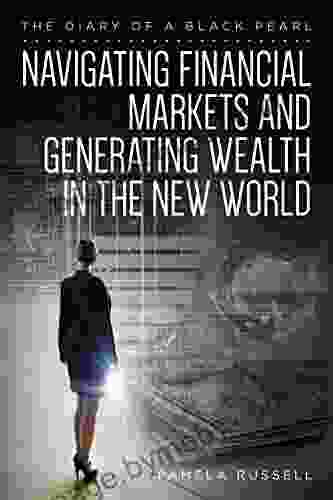
 William ShakespeareThe Diary Of A Black Pearl: Navigating Financial Markets And Generating...
William ShakespeareThe Diary Of A Black Pearl: Navigating Financial Markets And Generating...
 Steven HayesPerfume: The Story of a Murderer - A Haunting Tale of Obsession and Sensory...
Steven HayesPerfume: The Story of a Murderer - A Haunting Tale of Obsession and Sensory...
 Felix CarterDiscover the Saga That Needed To Be Told To You: A Transformative Literary...
Felix CarterDiscover the Saga That Needed To Be Told To You: A Transformative Literary... Casey BellFollow ·12.9k
Casey BellFollow ·12.9k Terry BellFollow ·6.9k
Terry BellFollow ·6.9k Ernest J. GainesFollow ·11k
Ernest J. GainesFollow ·11k Grant HayesFollow ·6.8k
Grant HayesFollow ·6.8k Luke BlairFollow ·4.9k
Luke BlairFollow ·4.9k James HayesFollow ·10.5k
James HayesFollow ·10.5k Lee SimmonsFollow ·13.8k
Lee SimmonsFollow ·13.8k Stuart BlairFollow ·2.7k
Stuart BlairFollow ·2.7k

 Isaac Bell
Isaac BellReminiscences of a Hebridean School Master, 1890-1913: A...
Immerse Yourself in a Captivating Memoir of...

 Blake Kennedy
Blake KennedyMaster the Art of True Connection in the Digital Realm:...
In an era marked by the omnipresence of...

 Terry Bell
Terry BellEleven Poems Printed With Three Well Designed Fonts For...
This book is a...
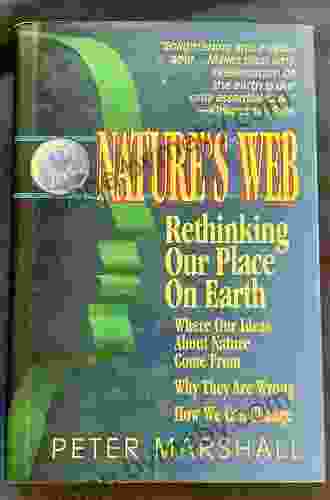
 Jacob Hayes
Jacob HayesThe Interwoven Symphony of Nature: Unraveling Our...
: In the tapestry of life, humanity's...

 Jamie Blair
Jamie BlairEscape to Sunrise Cottage
A Sanctuary of Tranquility...
4.5 out of 5
| Language | : | English |
| File size | : | 908 KB |
| Text-to-Speech | : | Enabled |
| Screen Reader | : | Supported |
| Enhanced typesetting | : | Enabled |
| Word Wise | : | Enabled |
| Print length | : | 212 pages |
| Lending | : | Enabled |


